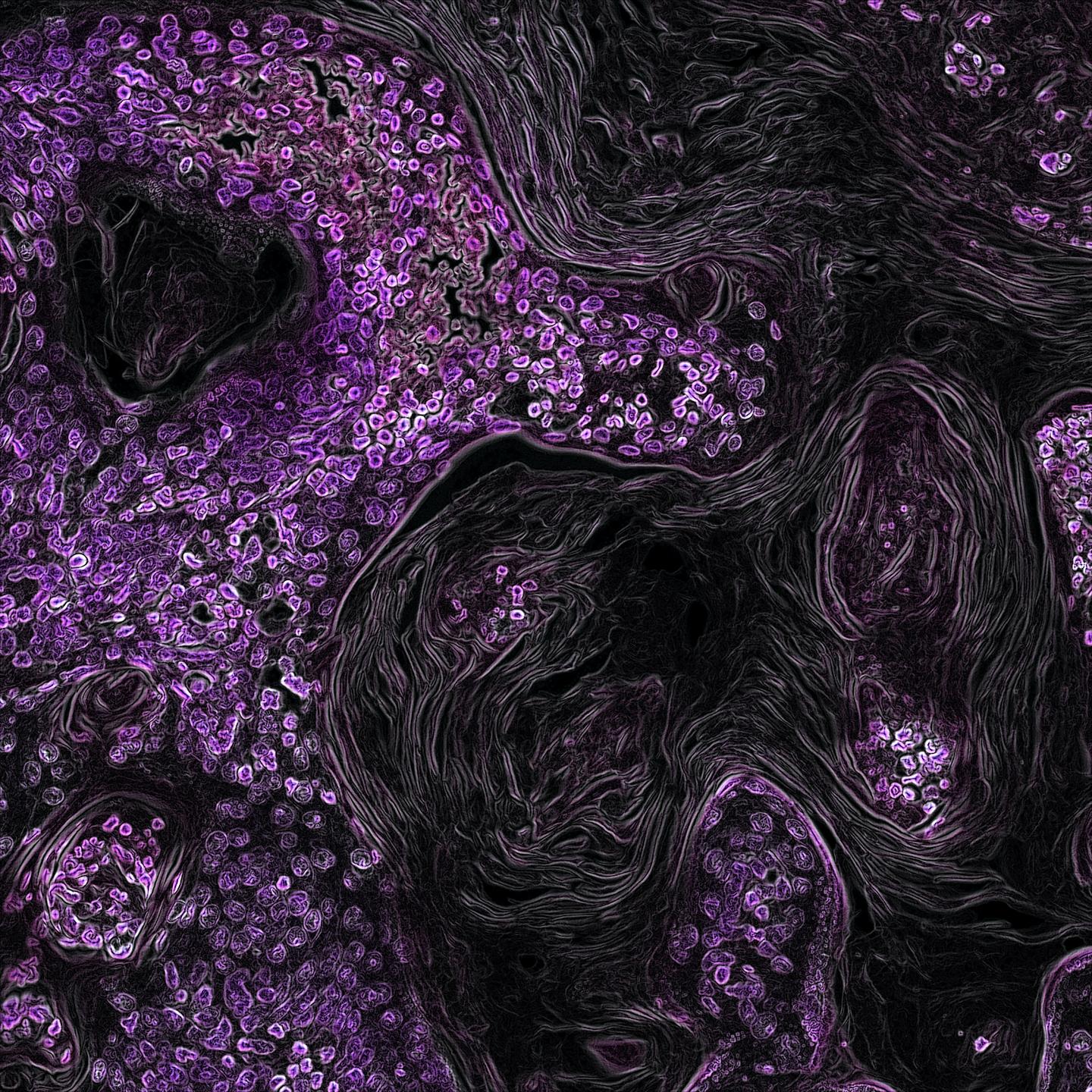1.1 Sample 1 » Questions
CONSIDER THESE QUESTIONS
...as you read the paper and explore the simulation on the next page.
How does the shape of a cell – in particular, its aspect ratio – change the shape of a multicellular cluster? What parameters need to be in place for elongated cells to form large clusters?
How does budding angle change the cluster morphology?
Do larger clusters necessarily have more cells? What parameters give rise to densely packed clusters? What parameters give rise to looser clusters? Which type of cluster – dense or loose – would experience more intracellular stress?
Does the amount of variability ("noise") in the cellular aspect ratio and budding angle make a difference in the capacity for growth of the cluster? Is it reasonable to assume that these parameters might be noisy in a living cell?
What happens when cells do not tolerate overlap with other cells? What is the biological and/or biophysical analog of "overlap"? How do cells sense overlap?
How different is the cluster size each time the simulation is run with the same parameters? How can the results of the simulation be interpreted according to those differences?

